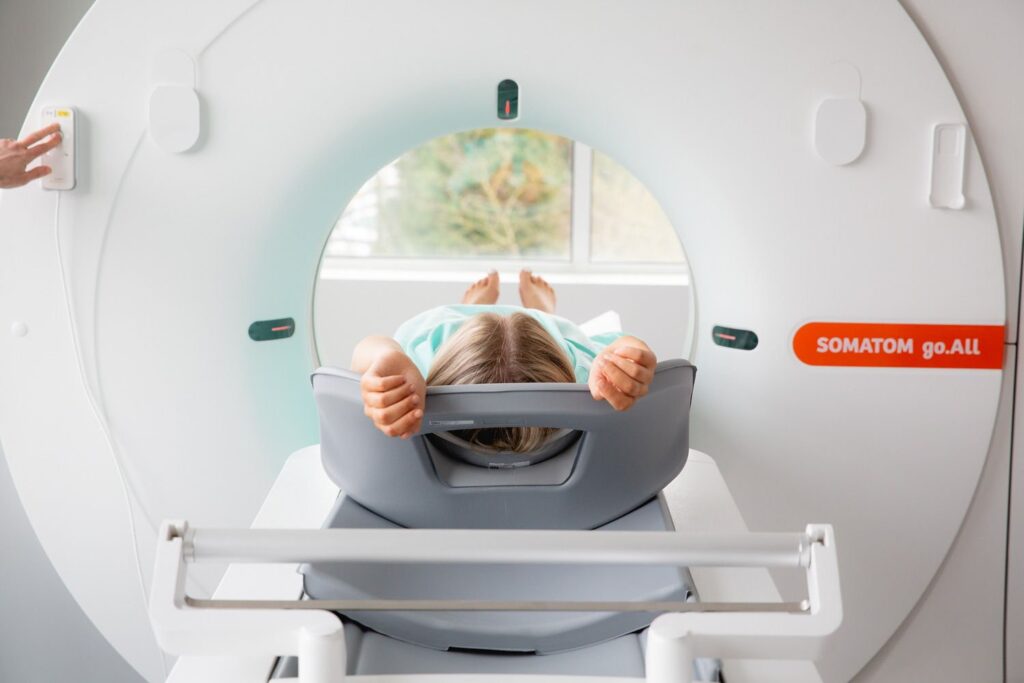If you’ve ever been told you need a heart stress test, it’s natural to wonder what exactly they are testing. And what’s the difference between a regular stress test and a stress echocardiogram? Both sound similar, but they reveal different things about your heart.
Whether you’re feeling occasional chest discomfort, managing high blood pressure, or simply checking up on your heart health, understanding these two diagnostic tools can help you make informed decisions.
What Is a Stress Test?
A standard stress test is also called an exercise ECG. ECG involves walking on a treadmill or pedalling a stationary bike while your heart rate, blood pressure, and ECG (electrical activity) are monitored. The goal is to see how your heart performs under physical exertion.
This test is useful for identifying:
- Abnormal heart rhythms
- Changes in blood pressure
- Signs of reduced blood flow to the heart
However, it shows function only through electrical signals, not visual images.
What Makes a Stress Echo Different?
A stress echocardiogram (stress echo) includes all of the above, plus ultrasound imaging. This means doctors can see how your heart muscles and valves are working both at rest and under stress.
A stress echo provides more detail, especially about:
- How well the heart chambers contract
- Whether certain areas of the heart aren’t receiving enough oxygen
- Valve function during exertion
It’s particularly useful in detecting early signs of coronary artery disease that a standard stress test might miss.
Which One Do You Need?
That depends on what your doctor is looking for. A regular stress test may be used for initial screening or to monitor an existing heart condition. But if there’s a need to assess heart function more closely or if previous tests were unclear, a stress echo may be recommended.
Other reasons to choose a stress echo include:
- Evaluating shortness of breath with no apparent cause
- Checking for damage after a heart attack
- Investigating murmurs or valve issues
What to Expect During Each Test
Both tests typically involve:
- Physical activity (or medication to mimic it, if needed)
- Electrodes placed on your chest
- Monitoring by a healthcare team
The main difference is the ultrasound scan in the stress echo, which is painless and non-invasive but adds a few extra minutes to the procedure.
Final Thoughts
While both stress tests help evaluate how your heart handles work, a stress echo gives more visual detail. It helps diagnose conditions that might go unnoticed with standard ECG monitoring alone.
Need clarity about which heart test is right for you? Speak to The Hearts Doctor Clinic to understand what your heart truly needs and take the next step with confidence. Book a Consultation Today!








